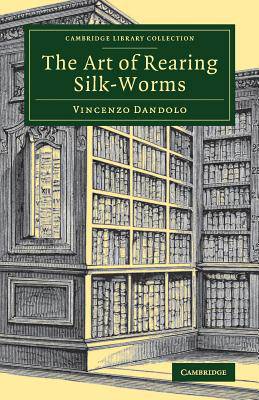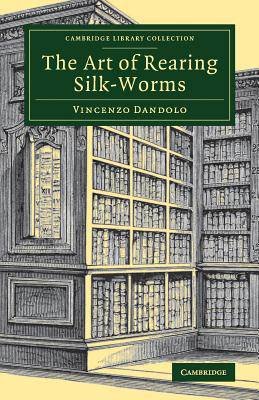
Je cadeautjes zeker op tijd in huis hebben voor de feestdagen? Kom langs in onze winkels en vind het perfecte geschenk!
- Afhalen na 1 uur in een winkel met voorraad
- Gratis thuislevering in België vanaf € 30
- Ruim aanbod met 7 miljoen producten
Je cadeautjes zeker op tijd in huis hebben voor de feestdagen? Kom langs in onze winkels en vind het perfecte geschenk!
- Afhalen na 1 uur in een winkel met voorraad
- Gratis thuislevering in België vanaf € 30
- Ruim aanbod met 7 miljoen producten
Zoeken
Omschrijving
This 1825 translation was published as part of a project to introduce the culture of silkworms into Britain and especially into Ireland, as Dandolo's original work was 'universally acknowledged to stand unrivalled, as at once combining theory with practice'. Vincenzo Dandolo (1758-1819), from a noble Venetian family, combined scientific and agricultural interests with a political outlook which led to his taking office under Napoleon, and retreating to a Lombardy estate after 1814. His interest in silkworms was part of a drive to improve the productivity and variety of farm produce; he also wrote on wool-bearing animals and viticulture. After an outline of the life-cycle and metamorphosis of caterpillars generally, Dandolo focuses on the silkworm. Its exclusive diet, and the specific techniques, buildings and equipment required to raise it commercially, are all discussed, as are the diseases to which it is prone, and the way to ensure a breeding stock.
Specificaties
Betrokkenen
- Auteur(s):
- Uitgeverij:
Inhoud
- Aantal bladzijden:
- 402
- Taal:
- Engels
- Reeks:
Eigenschappen
- Productcode (EAN):
- 9781108082112
- Verschijningsdatum:
- 14/02/2019
- Uitvoering:
- Paperback
- Formaat:
- Trade paperback (VS)
- Afmetingen:
- 140 mm x 216 mm
- Gewicht:
- 508 g

Alleen bij Standaard Boekhandel
+ 164 punten op je klantenkaart van Standaard Boekhandel
Beoordelingen
We publiceren alleen reviews die voldoen aan de voorwaarden voor reviews. Bekijk onze voorwaarden voor reviews.









